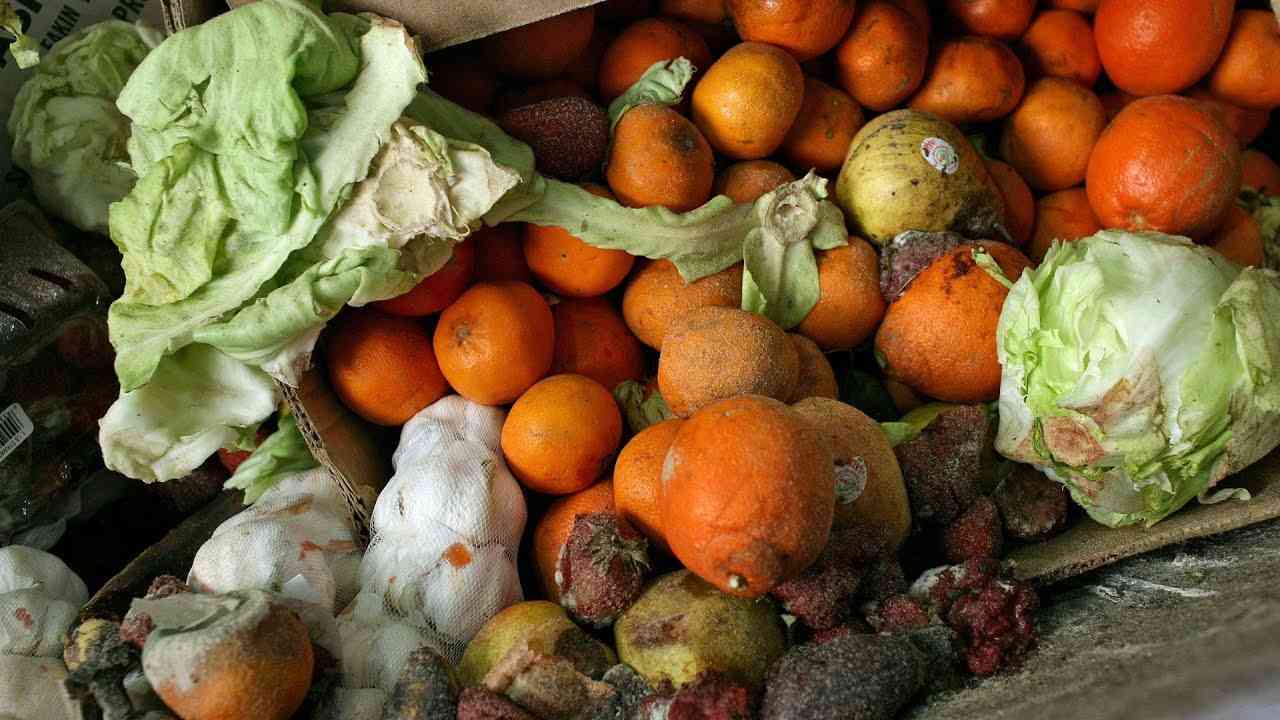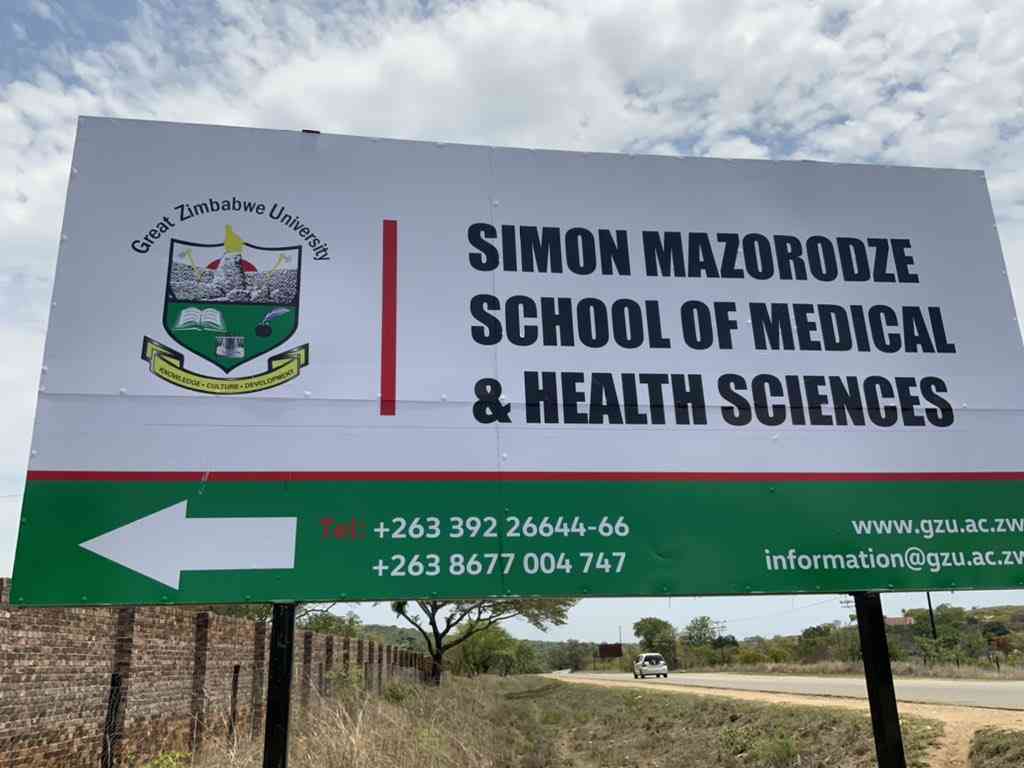
ALTHOUGH food waste and losses resulting from crops, horticultural products and fruit trees cannot be avoided because of lack of knowledge, information, food literacy and appropriate technologies, stakeholders need to be more conscious than before. This is because the waste and loss impact on smallholder farmers and households is getting more complicated judging from the vulnerability of their communities of practice.
Before getting more elaborate on the discussion of the day, it is crucial that I differentiate between food waste and loss, although the two have been used interchangeably.
In general terms, food waste refers to discarded or wasted food at the retail and consumer level. This entails discarding food that is unfit for human consumption.
Food loss refers to edible food that is discarded or lost along the journey from production, post-harvest, storage, transport and processing stages, that is, food that becomes unfit for human consumption before it reaches the consumer. In this discussion, let me refer more to food waste because it is the thrust of this write-up and has an impact on the discourse community I am focusing on.
In rural Zimbabwe, almost every season is affected by the scourge of food waste, where mangoes, guavas, tomatoes, vegetables and wild fruits are always found in large quantities, ending up overwhelming the smallholder farmers. In many cases and situations, farmers have no choice but to watch painfully as their produce or commodities depreciate and waste away. In terms of horticultural production, Zimbabwe is blessed with a favourable climate to nurture horticulture while the country has environments that nurture the growth of fruit varieties naturally. This means that when it’s the season for these products to thrive, they do so in bulk and in sufficiently generous quantities, overwhelming households and farmers.
Commodities wasted at consumption levels are seen as normal no matter what the level of the impact is. This is because we have accepted, internalised and cultured the process of food waste and it is viewed as something that must take place and is bound to happen.
Household fruits are consumed by people and livestock.
In the forests, these fruits are shared by both humans and wildlife. The household fruits and wild fruits have become nutritional additions for both people and animals.
- Environmental justice: Think big, start small
- News in depth: Slain Moreblessing Ali’s family fears cover-up as children are forced into hiding
- Airports Company strikes mega hotel deal
- In Full – Zimbabwe 42nd Independence Day speech by President Mnangagwa, April 18, 2022
Keep Reading
Smallholder farmers and households face limited capacities to deal with the scourge of perishables, as the solution to the crisis has been elusive for years. The waste and loss of food value chains will continue if the smallholder farmers are not capacitated with appropriate technologies for harvesting, cooling, stocking and processing onsite or at nearby accessible sites.
Farmers and traders need to visualise these losses and waste using sustainability lenses of value addition and beneficiation, deeply rooted in the environment, reduced emissions and costs. The other problem is for the stakeholders involved to continue seeing these crops and fruits as supplementary products rather than an essential part of their daily diets.
By doing so, they would be taking these commodities for granted thereby doing away with the sense of urgency leading to the degeneration of the status of the products. These should be deconstructed and a new impetus of investing in value chains, value-addition and resilience built.
Sometimes continuous awareness raising is critical for changing human behaviours, cultures and practices. Government departments, NGOs and individual households need to come together and aid these smallholder farmers to establish small-scale canning centres to avoid massive food waste and reduce losses, realise financial gains and build resilience and food security.
The absence of appropriate technologies has been the missing link over the years, becoming more than a century-old problem that should have no place in the modern era.
If government departments and NGOs fund these farmers, they will contribute to food security while small-scale farmers and communities will be able access food processing and canning sites close to their area.
Smallholder farmers and individual households will be able to source and control their own markets, improve their voices, build market confidence, assess and monitor their carbon footprints. They will be able to actively participate in building and enhancing the image of their products.
When food perishes, it does not only contribute to food waste and losses. This can also impact the environment. Where food is transported to faraway markets while the farmers must bear the costs of transporting as their foodstuffs depreciate in value, taste and quality. The problem of related emissions emanating from decomposing stocks should be everyone’s concern, hence requiring a multi-sectoral or stakeholder approach.
There should also be systematic harvesting of wild food products to avoid waste and losses, resulting from the absence of adequate care when harvesting, transporting, handling and storage methods. Before these foodstuffs are sold, the smallholder farmer must deal with many obstacles and challenges on the way. These constitute the unscrupulous and troublesome middlemen, always ready to rip off the farmer and trader.
This also delays the already delayed commodities to be bought because its only the middlemen sometimes who have adequate access to the buyer. The solution lies in an all-stakeholder approach — coming together for technology transfers and funding for onsite processing, cooling and handling of perishables.
This is important in enabling stakeholders to make informed decisions about food and eliminate the troublesome middlemen. This can only happen or get strengthened if basic knowledge and food literacy becomes ongoing and human centred.
Food awareness raising is part of a long framework of food monitoring mechanisms designed to capacitate food producers and other value chains. At the end of the whole scenario, focus should be on the individual and smallholder farmer who requires knowledge and information, resilience and confidence building.
- Peter Makwanya is a climate change communicator. He writes in his personal capacity and can be contacted on: petrovmoyt@gmail.com










